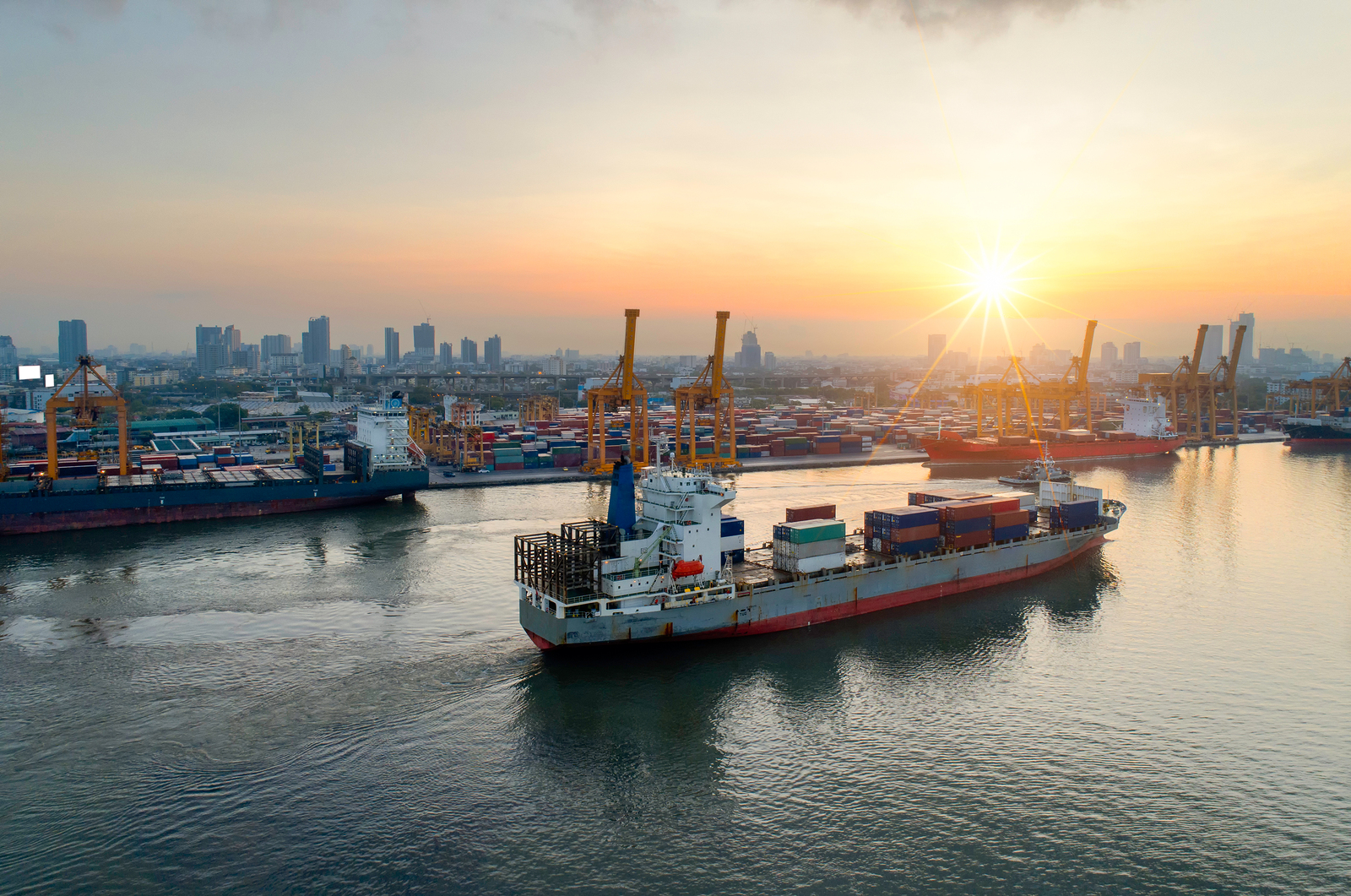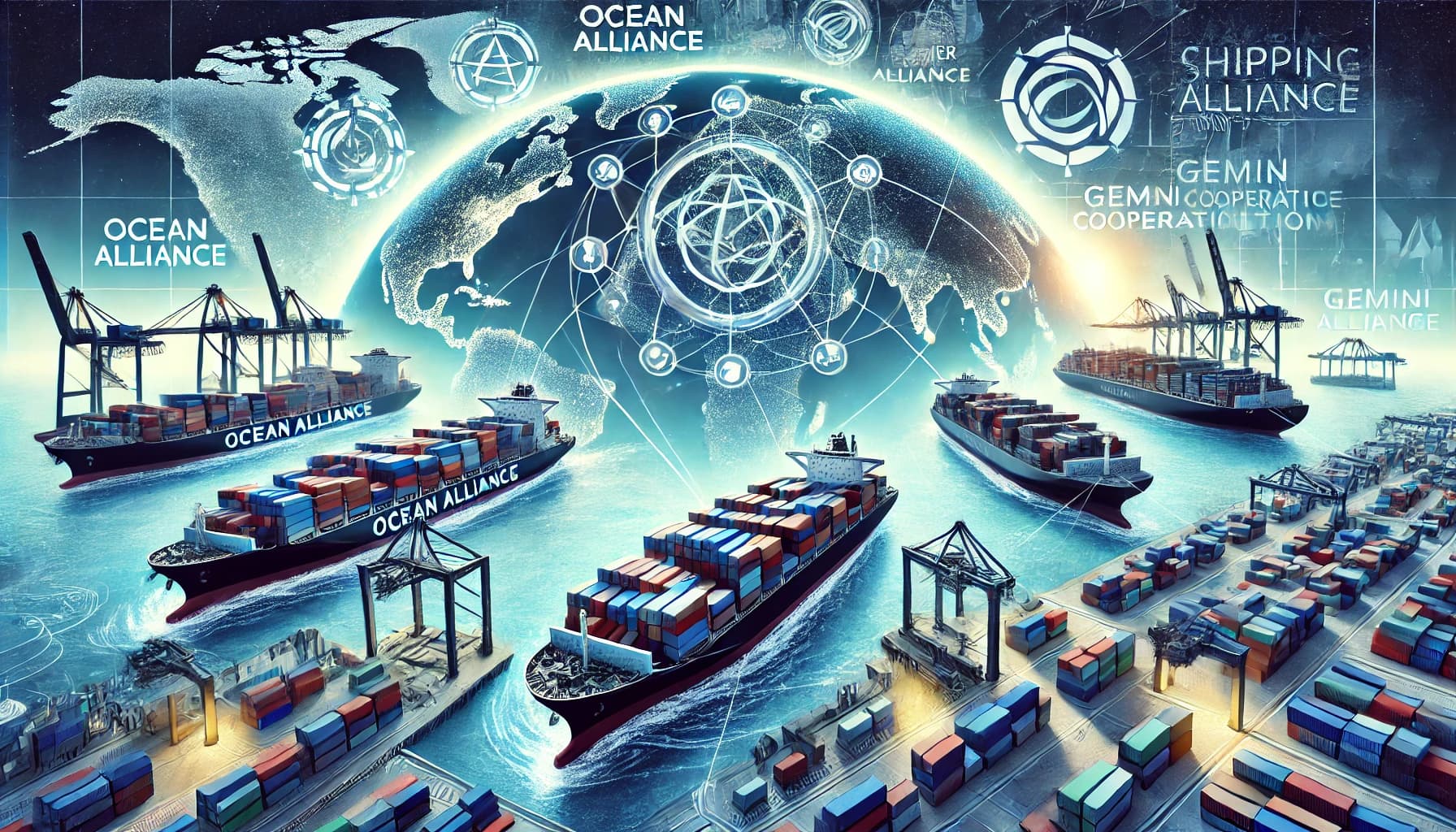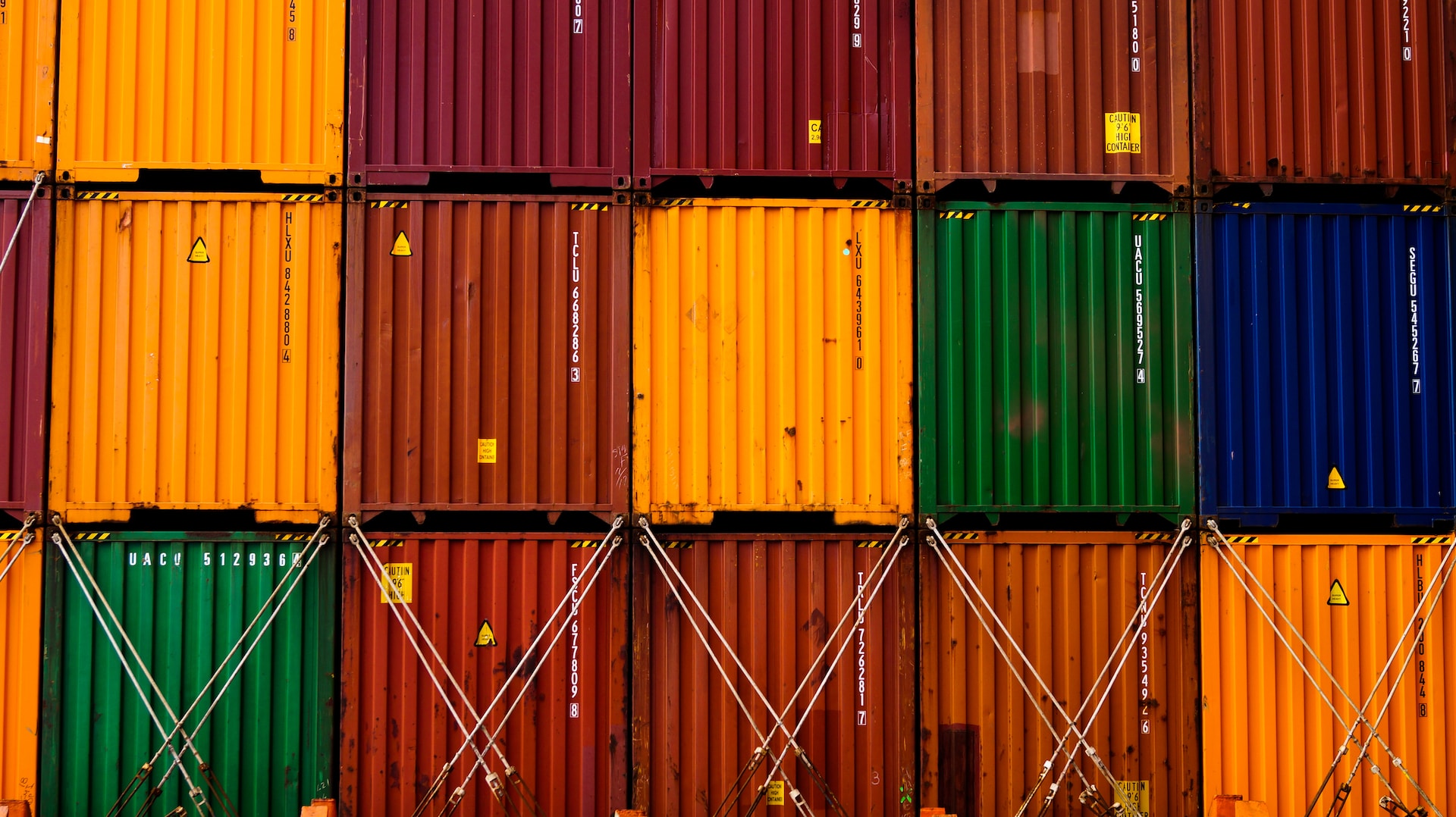One thing that may not have occurred to you about different types of commercial ships and vessels is that they are designed and built to operate in different weather conditions and environments.
For example, a small fishing vessel, dredger boat or a passenger ferry would not be able to withstand the conditions encountered in the open seas.
And similarly, huge oil tankers or chemical tankers are unable to ply their trade near or alongside coastlines as the shallower waters could result in them either running aground or, even more disastrously, capsizing.
Read more: Everything You Need to Know About Offshore Vessels
Why would a ship capsize in shallow waters? This is because a vessel, of any size, requires a certain draft.
The draft is the depth of a loaded ship in the water, with the measurement being taken from the level of the waterline to the lowest point of the hull.
The draft supports the vessel and ensures it remains stable, however along coastlines, where the water is not nearly as deep as out at sea the ship will quickly rise above its draft, which results in destabilization and potentially capsizing.
Therefore, this all means that along with the vessel’s trading area and cargo type the operating conditions must also be taken into consideration.

Of course you’ve heard of cargo and container ships, cruise liners, and maybe some of the other types of commercial ships such as bulk carriers and roll-on / roll-off vessels, but one member of the merchant fleet that you might not know an awful lot about is the coaster vessel.
Read more:Everything You Need to Know About LNG & LPG Tankers
As the name suggests, coaster vessels - or coastal sailing ships to give them their full name - are ships that have been specifically designed to sail closer to the coast as opposed to across the ocean.
Want to find out more about coaster ships? This is the blog post for you.
What are coaster vessels and what do they carry?
Shipping plays an important role in global trade, however, not all transportation of goods happens overseas – that’s where coastal shipping comes into the picture.
Read more: Everything You Need to Know About Tugboats
Given that coastal ships are meant for shipping goods around the coastline of a landmass, they are generally domestic vessels and confined to the waters of an individual country, within the country’s jurisdiction.
This also means that coastal shipping greatly contributes to the country’s domestic trade.
However, many governments encourage the development of coastal shipping as it also helps the growth of the country’s foreign trade through the movement of cargo from smaller domestic ports to the nation’s major hubs.
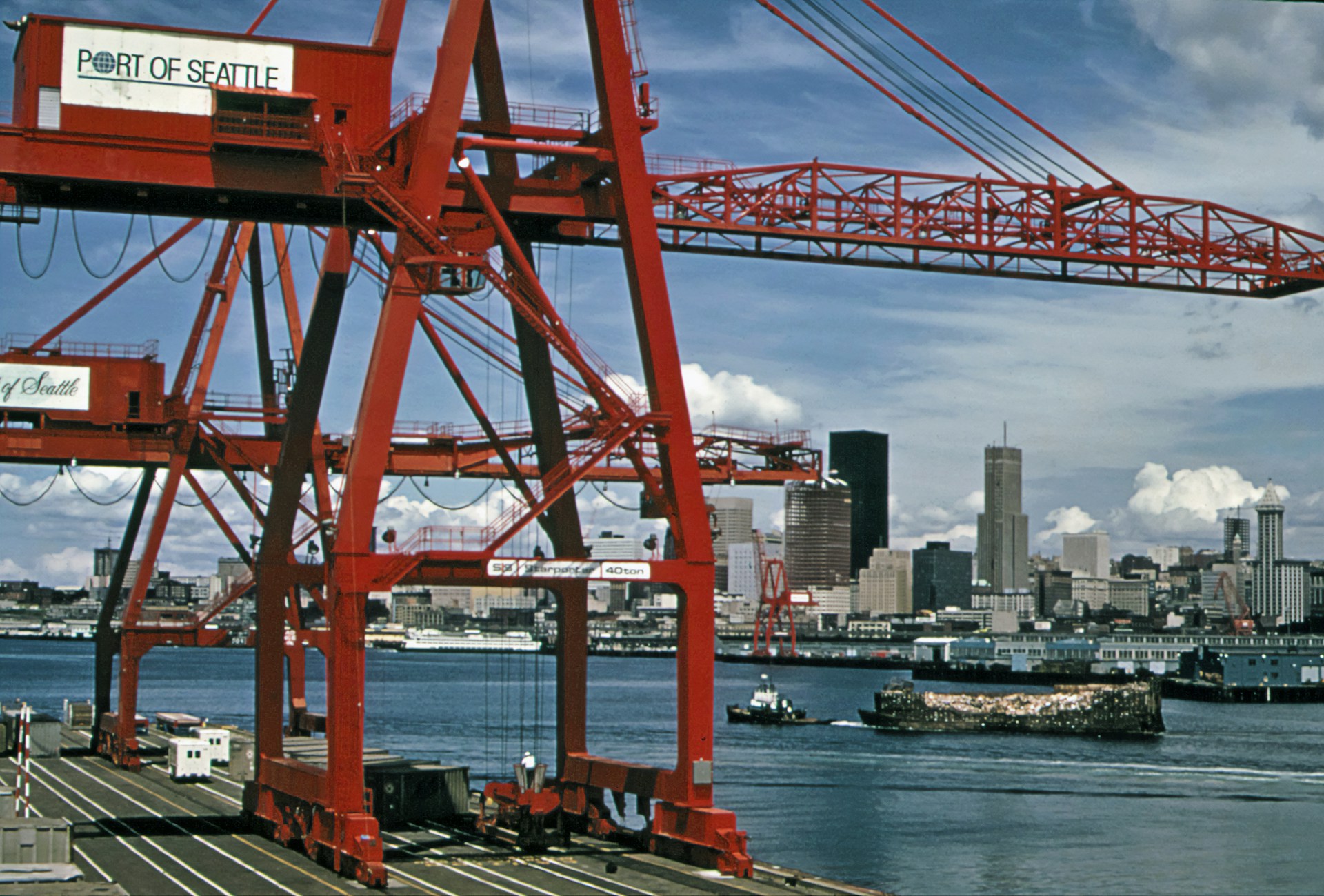
Generally speaking this country is the one to which the ship is legally registered, however some coaster vessels also sail to other countries on their registered country’s continent - a practice known as cabotage.
Read more: Everything You Need to Know About Pilot Boats
Wait a moment. Cabotage? What’s that? Cabotage originates from the French word caboter which means to travel along a coast. Essentially it relates to the commercial usage of vessels that belong to Country A in the waters of Country B.
(P.S. for more maritime terms and nautical phrases, take a look at our shipping glossary!)
Therefore, while they might not be transporting goods from Africa to Europe or Asia to the Americas like heavy lift vessels or car carriers, coaster vessels are still a small but important link in the global supply chain.
This model of logistics is also referred to as short sea shipping or short sea trading - as opposed to deep sea trading in which a ship will travel thousands of miles and cross oceans and bigger seas.
The essential role of the coaster vessel
While it might be tempting to think that it’s the open seas that are most perilous - and indeed, seafarers do have a job that can be dangerous at times - it’s not just the oceans that can present risk.
The majority of countries’ coastlines can be difficult to navigate due to their natural geographic features. Inland waters and deltas can also provide problems for certain vessels, while some merchant ships, take Supramax vessels or larger container ships are simply too large to both maneuver in these areas or berth at smaller coastal ports.
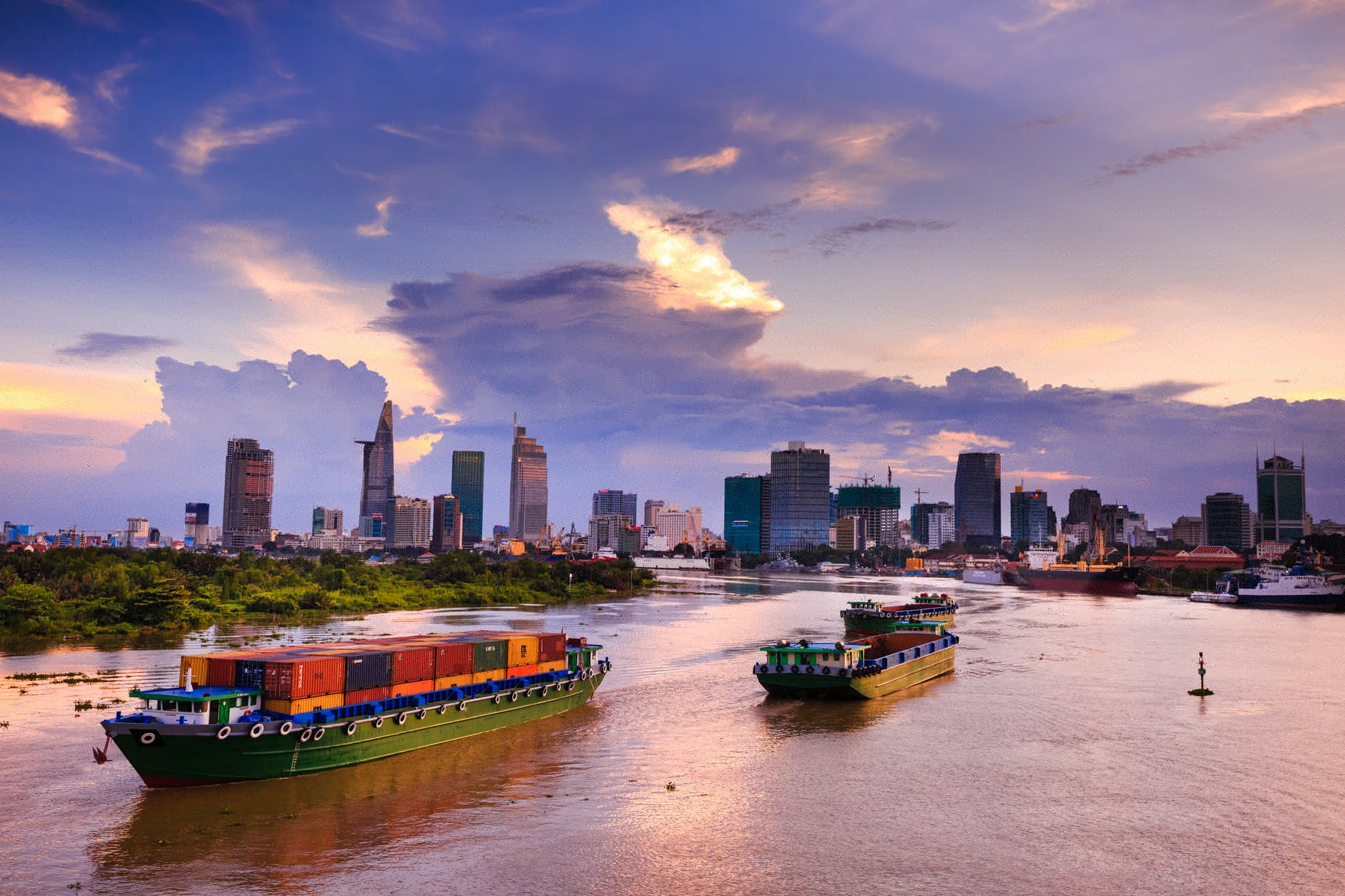
In addition to this, very large ships can cause irreparable harm to underwater features such as reefs as well as to the marine environment. And likewise, coral can scratch and damage the vessel’s keel and hull.
And that’s where coastal ships come into the picture.
Coaster vessels are smaller in size than their larger container and tanker counterparts and they’re also shallower. This means they can access the shallow coastal waters more easily and safely and because their draft is lower in the water they are not at risk of capsizing or becoming unstable.
And should a coaster ship become grounded in really shallow waters, thanks to its smaller build it will be significantly easier to relaunch than a much larger cargo ship, gas carrier or a crane vessel.
Coaster vessels: size and tonnage
The draft of the majority of coaster vessels is approximately between 3 and 6 meters from the keel and they can transport a minimum of 1,000 DWT, which will be adhered to when sailing in very shallow waters. However they can carry up to 15,000 DWT when fully loaded with cargo.
For those who don’t know, DWT stands for deadweight tonnage and it is a means of measuring how much weight a vessel can carry so that the maximum weight can be determined.
DWT is the sum of the weight of the cargo, crew, fuel, water (fresh and ballast) provisions and passengers (if there are any.)
What is it like onboard a coaster vessel?
Many coastal sailing ships differ from bigger commercial vessels in that because their journeys are shorter they don’t usually feature accommodation for the crew.
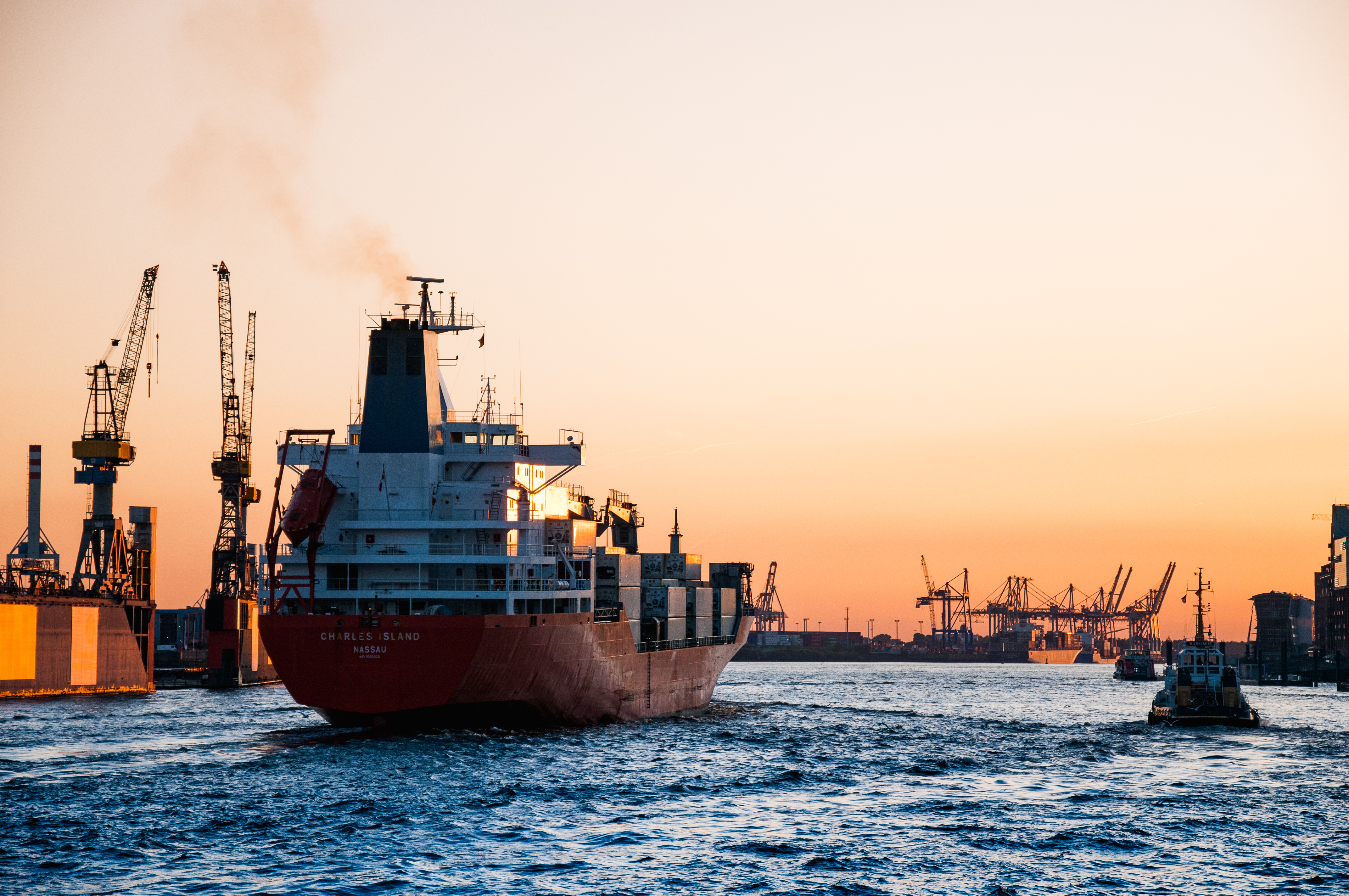
As such, the vessel’s main superstructure (the large white ‘building’ on the ship’s deck) normally only houses the bridge - the room or platform that operates as the command center.
All communications and information goes through the bridge and it will be manned by an officer of the Watch when the ship is underway. It has a clear view on all sides of the ocean and surrounding area.
Most commonly, the superstructure is located at the fore of the vessel as this makes it easier to navigate through tricky coastal waterways.
However some shipping companies prefer the superstructure to be placed at the aft (rear) of the ship as this makes it easier to oversee the loading and unloading operations.
And talking of crew, coaster vessels will operate with the legally safe minimum of people - often just two officers and around ten ratings (i.e. seafarers who work on deck or in the engine room) to keep the ship running safely and to assist with loading and unloading cargo at ports.
The benefits of coastal shipping and ships
Coastal shipping has a number of advantages over other modes of transport. It can reduce road congestion and the average coast-to-coast journey by ship often takes less time than by road or rail, reducing costs to companies.
Coastal shipping addition can also be more cost-effective as the smaller vessels’ turnaround time are a lot shorter at local ports which brings down the costs for shipping companies.

And because coastal shipping consists of relatively short voyages, it emits less pollutants than longer voyages and bigger ships, making it less impactful on both the local and global environment.
And it is due to this lower environmental risk, compared to other vessels, that a number of governments offer incentives to coastal vessel operators for expediting coastal shipping.
How is cargo stored on a coaster vessel?
Unlike larger merchant ships, a coastal ship’s hold is not usually divided by bulkheads.
A bulkhead is an upright partition or wall in a ship’s hull which subdivides the vessel’s interior into watertight compartments. In the event of an accident they reduce the extent to which the seawater can flood the ship whilst also adding extra strength to the hull girder.
Because coaster vessels are smaller these are not seen as necessary however, the hold will still be watertight and steps will be taken to secure cargo and prevent it from destabilizing or moving during transportation.
To summarize: They may not be as awe-inspiring or in the news as much as their bigger counterparts, but coaster vessels are a vital part of the global merchant fleet.
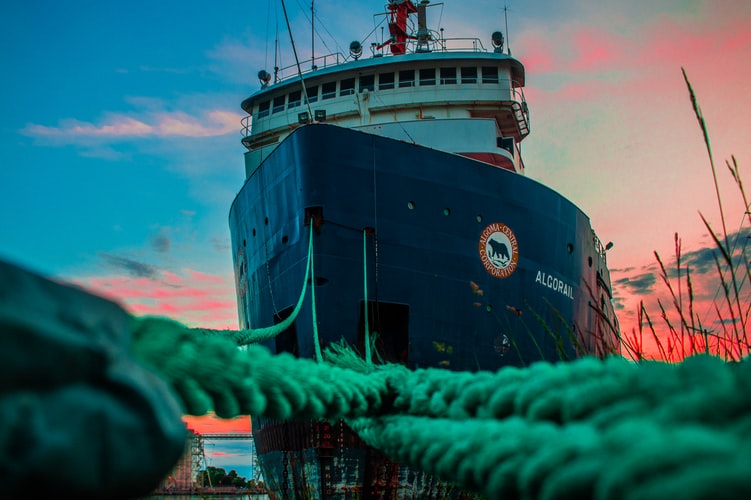
Most commonly found working in the European Union and the United Kingdom, the United States and Canada, and Philippines and India these workhorses of the seas are real unsung heroes - as are the seafarers who work onboard them.
Want to find out more about different vessel types?
This article is one in a series of blog posts that dives into different merchant navy boats and ships. From feeder vessels to icebreaker ships and from fireboats to lightships, click on any of the links in this article to find out more about some of the well known (and not so well known) forms of maritime transportation.
And don’t forget to download our seafarer job app for iOS or Android from the Apple App Store or from Google Play either!
Read the previous article in this series:Everything You Need to Know About Mining Ships
Read the next article in this series:Everything You Need to Know About Cable Laying Vessels
This blog post was originally published on April 13th 2023 and updated on September 12th 2023.

Eve Church
Eve is Martide's content writer, publishing regular posts on everything from our maritime recruitment and crew planning software to life at sea. Eve has been writing professionally for more than two decades, crafting everything from SEO-focused blog posts and website landing pages to magazine articles and corporate whitepapers.
UK
